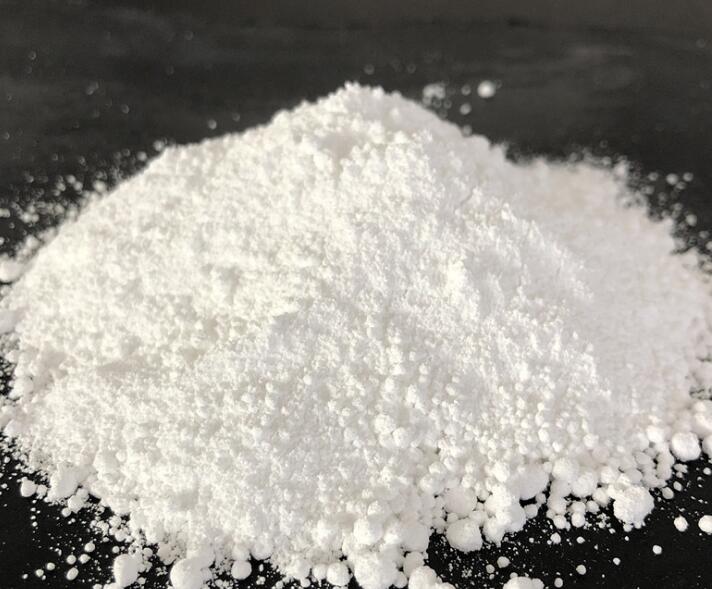Upgrading of byproducts from lithium extraction from salt lakes: Green synthesis of magnesium-based layered composite hydroxide technology and its application

During the lithium extraction process from salt lakes, a large amount of by-product magnesium hydroxide (Mg(OH)_2) is produced. The effective utilization of this by-product has become an important issue in resource recovery and environmental protection. Green synthesis of magnesium-based layered composite hydroxides is a promising treatment and utilization strategy, which aims to convert magnesium hydroxide in an environmentally friendly manner, enhance its economic value and reduce environmental pollution.
Green synthesis principle Green synthesis usually refers to minimizing the use of harmful substances, reducing energy consumption, and renewing or harmless treatment of products and by-products during the synthesis process. For magnesium hydroxide, a by-product of lithium extraction from salt lakes, green synthesis of magnesium-based layered composite hydroxides is mainly carried out through the following steps:
Purification and crystallization: First, the original magnesium hydroxide is subjected to simple crystallization, recrystallization and solid-liquid separation to improve its purity. This step may include physical methods such as water washing and filtration, avoiding the use of large amounts of chemical reagents and complying with the principles of green chemistry.
Preparation of layered composite materials: The purified magnesium hydroxide is used to prepare magnesium-based layered composite metal hydroxides. This composite material usually has a unique layered structure, which is conducive to multifunctional applications such as adsorption, catalyst carrier, and drug sustained release, and increases the added value of magnesium hydroxide.
Environmentally friendly process: Throughout the synthesis process, environmentally friendly solvents (such as water), mild reaction conditions, and recyclable and reusable raw materials are used to reduce the impact on the environment.
Application areas Environmental governance: As a catalyst or catalyst carrier, it can be used to remove heavy metal ions or other pollutants in wastewater treatment. Energy storage: It can be used in battery materials, such as electrode materials for supercapacitors, to improve energy storage efficiency. Flame retardant materials: Magnesium hydroxide itself is a commonly used environmentally friendly flame retardant, and layered composite materials may further enhance its flame retardant performance and thermal stability. Medicine and biomaterials: It can be used as a drug carrier in drug delivery systems to utilize its controlled release properties. Technological innovation and challenges Technological innovation lies in the development of more efficient purification methods and composite material synthesis technologies while reducing costs and environmental impacts. The challenges mainly lie in how to produce high-quality layered composite hydroxides on a large scale and continuously, and how to further expand their application areas and improve their market competitiveness.
The green synthetic magnesium-based layered composite hydroxide produced from magnesium hydroxide, a by-product of lithium extraction from salt lakes, not only solves the problem of environmentally friendly disposal of by-products, but also provides new ideas and approaches for the development of new materials, and has important dual economic and environmental value.








